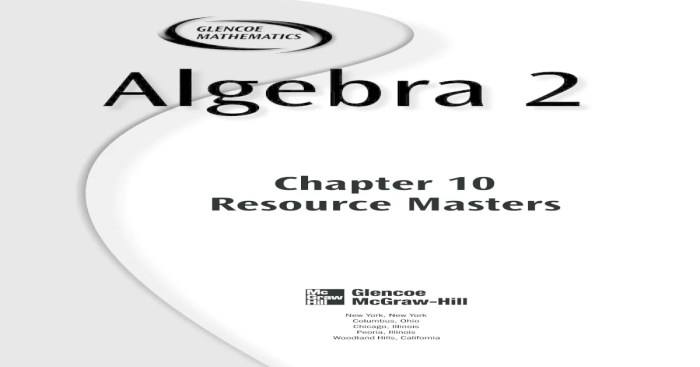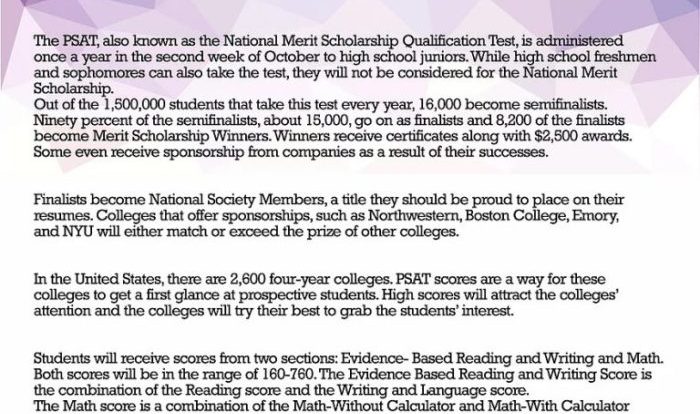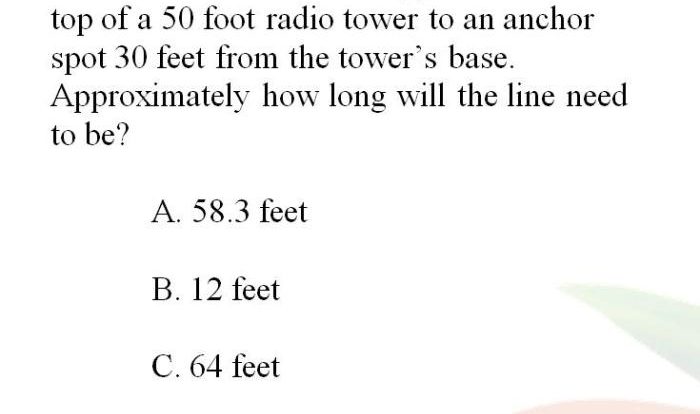Practice putting it all together is an essential skill in today’s world, where individuals are constantly required to synthesize information, solve problems, and apply knowledge across disciplines. This comprehensive guide will provide you with the strategies, examples, and resources you need to master the art of integration and achieve success in your personal and professional life.
Throughout this guide, we will explore the challenges and benefits of synthesizing information, discuss effective practice strategies, and provide real-world examples of how individuals have successfully put it all together. We will also identify resources and support systems that can foster integration and discuss strategies for creating a conducive learning environment.
Understanding the Concept of “Practice Putting It All Together”
The concept of “practice putting it all together” emphasizes the significance of integrating diverse skills, knowledge, and experiences to achieve a holistic understanding and successful outcomes. This process involves synthesizing information from multiple sources, perspectives, and disciplines, allowing individuals to make informed decisions and solve complex problems effectively.
Challenges and Benefits of Synthesizing Information
Synthesizing information poses challenges such as cognitive overload, information bias, and the need for critical thinking skills. However, it also offers numerous benefits, including enhanced problem-solving abilities, improved decision-making, and a more comprehensive understanding of complex issues.
Examples of Situations Where “Putting It All Together” Is Essential, Practice putting it all together
Examples of situations where “putting it all together” is crucial include:
- Scientific research, where researchers must combine knowledge from various disciplines to develop innovative solutions.
- Business management, where leaders must integrate financial, marketing, and operational expertise to make strategic decisions.
- Education, where educators must synthesize pedagogical theories, subject matter knowledge, and student needs to create effective learning experiences.
Strategies for Effective Practice
Engaging in effective practice is crucial for retaining and applying knowledge. Here are some strategies to enhance your practice sessions:
Organizing and Structuring Information
- Use visual aids like mind maps, flowcharts, or diagrams to connect and organize ideas.
- Break down complex concepts into smaller, manageable chunks.
- Use flashcards or spaced repetition techniques to reinforce information.
Connecting Different Concepts and Ideas
- Identify relationships between concepts and ideas.
- Look for patterns and connections in the material.
- Use analogies, metaphors, or real-life examples to bridge the gap between abstract concepts and practical applications.
Applying Knowledge in Practical Settings
- Use simulations, role-playing, or case studies to apply knowledge to real-world scenarios.
- Seek opportunities for practical application through internships, projects, or volunteer work.
- Engage in peer-to-peer learning or mentoring to share knowledge and gain new perspectives.
Examples of “Putting It All Together” in Various Fields: Practice Putting It All Together
Individuals who have successfully integrated knowledge from various fields often achieve remarkable results. They possess a comprehensive understanding that enables them to tackle complex challenges and create innovative solutions.
One example is the architect Frank Gehry. He combines his knowledge of engineering, art, and construction to design buildings that are both visually stunning and structurally sound. His works, such as the Guggenheim Museum in Bilbao, Spain, showcase his ability to merge aesthetics and functionality.
Cross-Disciplinary Projects
Projects and initiatives that require a comprehensive understanding often lead to groundbreaking results. The Human Genome Project, for instance, involved scientists from various fields, including biology, chemistry, and computer science. Their collaboration resulted in the sequencing of the human genome, a milestone in medical research.
Different Industries and Disciplines
Examples of “putting it all together” can be found across different industries and disciplines.
- In healthcare, doctors combine medical knowledge with technology to develop personalized treatment plans.
- In business, entrepreneurs integrate marketing, finance, and operations to build successful companies.
li>In education, teachers blend pedagogy with technology to create engaging and effective learning experiences.
These examples demonstrate that the ability to synthesize knowledge from diverse sources is a valuable skill that leads to innovation and success in various fields.
Creating an Environment for Effective Practice
Fostering an environment that encourages effective practice is crucial for successful integration. Identifying resources, support systems, and strategies that facilitate this process is essential.
Mentors, Peers, and Technology
Mentors provide guidance, feedback, and support, while peers offer collaboration, motivation, and shared experiences. Technology, such as online platforms and virtual reality simulations, enhances practice opportunities and provides immersive learning environments.
Conducive Learning Environment
Creating a conducive learning environment involves:
- Dedicated Practice Spaces:Designated areas for focused practice, free from distractions.
- Access to Resources:Ensuring availability of necessary materials, equipment, and information.
- Positive Atmosphere:Fostering a supportive and encouraging environment where mistakes are seen as learning opportunities.
li> Feedback and Reflection:Providing regular feedback and encouraging self-reflection to identify areas for improvement.
Evaluating Progress and Making Adjustments
To enhance the effectiveness of practice, it’s crucial to evaluate progress and make adjustments accordingly. This involves assessing the outcomes, identifying areas for improvement, and seeking feedback to refine the practice process.
Methods for Assessing Effectiveness
- Track Progress:Monitor performance metrics, such as speed, accuracy, or efficiency, to measure improvement over time.
- Set Goals and Milestones:Establish specific targets to strive for, allowing you to gauge progress and identify areas needing improvement.
- Conduct Self-Assessments:Reflect on your performance, identify strengths and weaknesses, and consider ways to enhance practice.
- Seek External Feedback:Ask peers, mentors, or coaches to provide objective feedback on your performance and offer suggestions for improvement.
Strategies for Identifying Areas for Improvement
To pinpoint areas for improvement, consider the following strategies:
- Analyze Performance Data:Examine metrics and identify areas where performance falls short of expectations or desired goals.
- Review Practice Methods:Assess whether current practice techniques are effective and efficient, and explore alternative approaches that may yield better results.
- Consult with Experts:Seek guidance from experienced professionals or mentors who can provide insights and recommendations for improvement.
Importance of Seeking Feedback and Making Adjustments
Feedback is invaluable for refining practice and making necessary adjustments. By seeking feedback from others, you gain fresh perspectives, identify blind spots, and uncover areas for growth. Making adjustments based on feedback ensures that practice is continually optimized, leading to enhanced outcomes.
Detailed FAQs
What is the most important aspect of practicing putting it all together?
Consistency and dedication are key. Regular practice allows you to develop the skills and knowledge necessary to effectively integrate information and solve problems.
How can I create a conducive learning environment for practicing putting it all together?
Identify resources and support systems that can assist you, such as mentors, peers, and online communities. Create a dedicated space for learning and minimize distractions.
What are the benefits of practicing putting it all together?
Enhanced problem-solving abilities, improved critical thinking skills, increased confidence in decision-making, and a greater understanding of complex issues.


